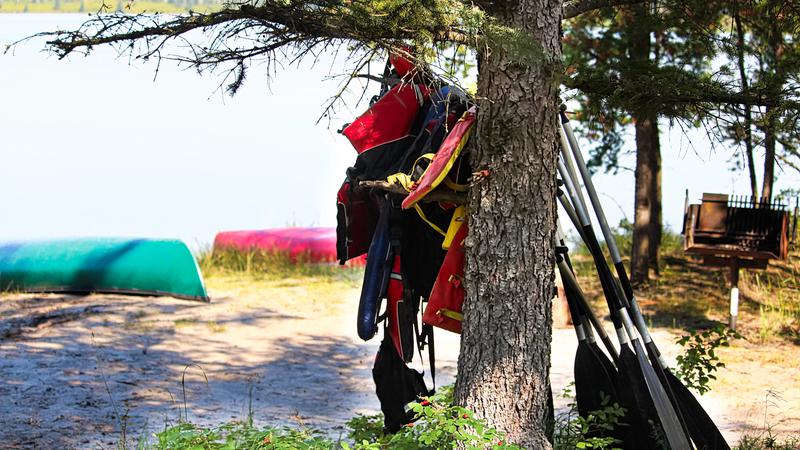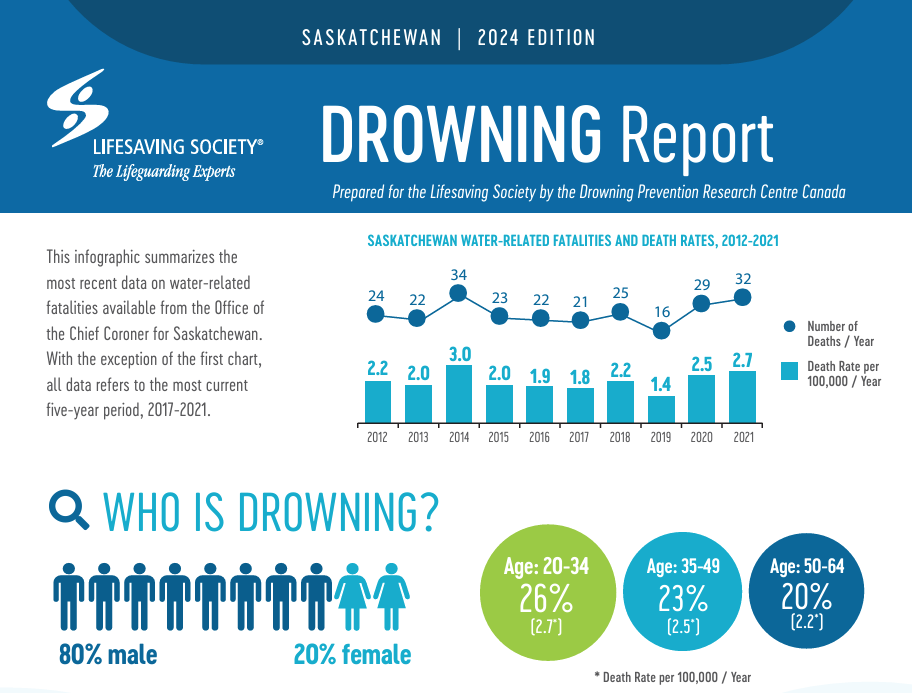
Lifesaving Society urges caution after recent deaths on Sask. lakes
For the third time in less than a week, a life has been lost on a Saskatchewan lake.
Most recently, a 61-year-old boater from Buffalo Narrows was found deceased after he went missing on Friday. Police found the man’s boat idling in Peter Pond Lake and discovered his body in the water a day later.
A missing paddleboarder entered the water in Lake Diefenbaker at Douglas Provincial Park on Sunday and did not resurface. And the body of a teenage canoer who went missing Wednesday after his boat tipped was recovered from Helene Lake, around 80 kilometres north of North Battleford.
The Lifesaving Society conducts comprehensive research on the cause of both Saskatchewan and Canada’s drowning incidents every year. CEO of the Saskatchewan branch Shelby Rushton said there are several reasons why someone may not resurface after they enter the water.



